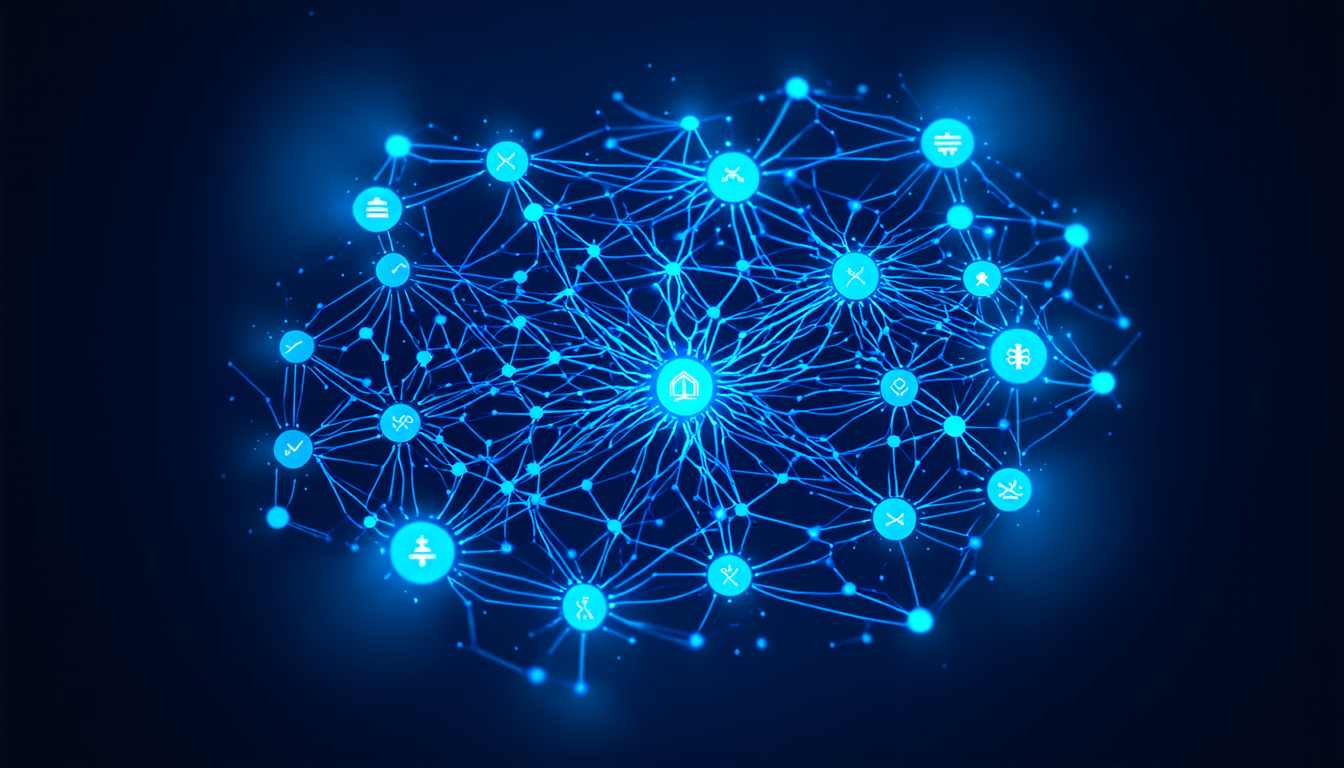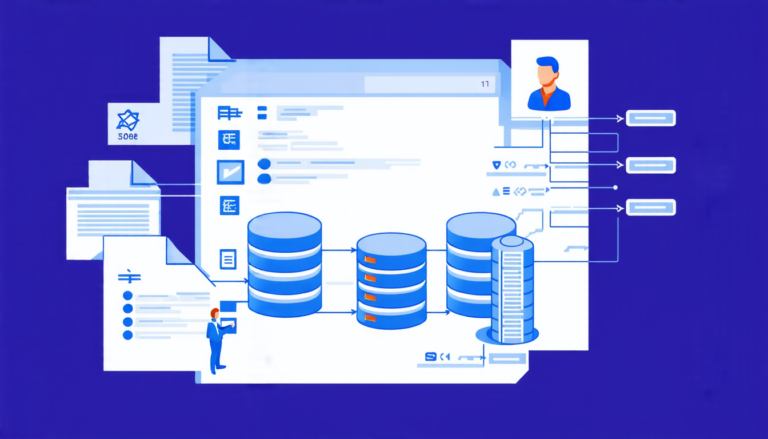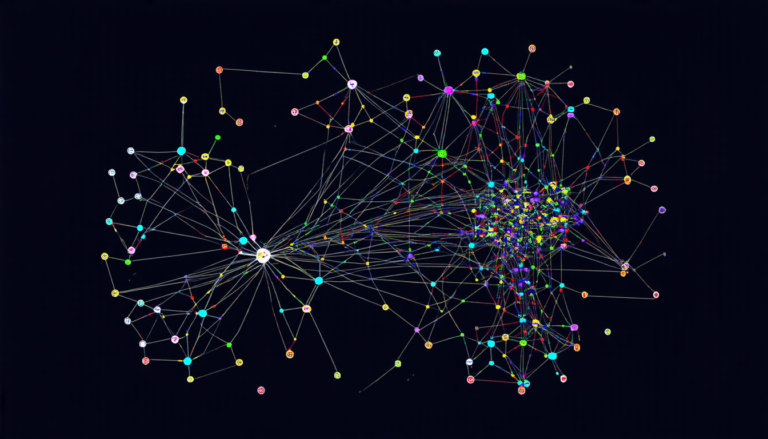Wednesday 10 September 2025
Artificial intelligence has made tremendous progress in recent years, but the process of training these machines remains a mystery to many. Despite their impressive performance on tasks like image recognition and language translation, neural networks still rely on trial and error, with researchers tweaking parameters and monitoring progress in hopes of achieving optimal results.
But what if there was a way to peek inside the black box of neural network training, gaining insight into how these complex systems develop over time? A new study published today offers just that, using a novel approach to characterize the dynamic behavior of neural networks during training.
The researchers behind this work focused on functional connectomes – essentially, a snapshot of which neurons are communicating with each other at any given moment. By analyzing these snapshots across multiple iterations of training, they were able to identify patterns and signatures that corresponded to key transitions in the network’s organization.
These signatures, in turn, can serve as indicators of learning progress, allowing researchers to pinpoint when the network is on the right track – or not. The implications are significant: no longer would researchers need to rely on cumbersome validation sets or time-consuming manual tuning; instead, they could use these topological time series to make data-driven decisions about when to stop training and fine-tune their models.
The study’s authors tested their approach on a range of deep learning architectures, including convolutional neural networks (CNNs) and fully connected layers. Their results showed that the method performed robustly across different datasets and problem domains – even in cases where traditional validation strategies fell short.
One potential application of this work is in the development of more efficient training algorithms. By identifying the most critical moments in a network’s evolution, researchers could potentially develop new methods for accelerating learning or improving overall performance.
The study also highlights the importance of transparency in AI research. As neural networks become increasingly ubiquitous in our lives, it’s crucial that we understand how they work and what drives their behavior. This new approach offers a promising step forward in achieving that understanding – and ultimately, in building more trustworthy AI systems.
Cite this article: “Peeking Inside the Black Box: A Novel Approach to Understanding Neural Network Training”, The Science Archive, 2025.
Artificial Intelligence, Neural Networks, Training, Machine Learning, Deep Learning, Convolutional Neural Networks, Fully Connected Layers, Functional Connectomes, Topological Time Series, Validation Sets.







